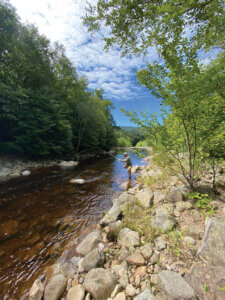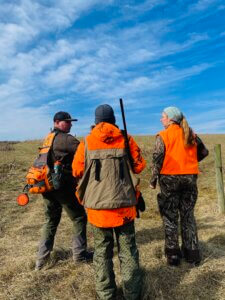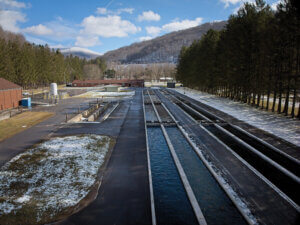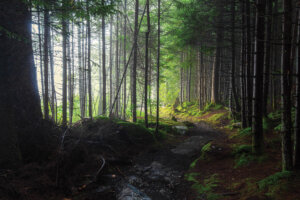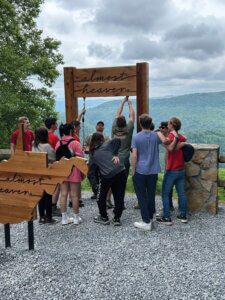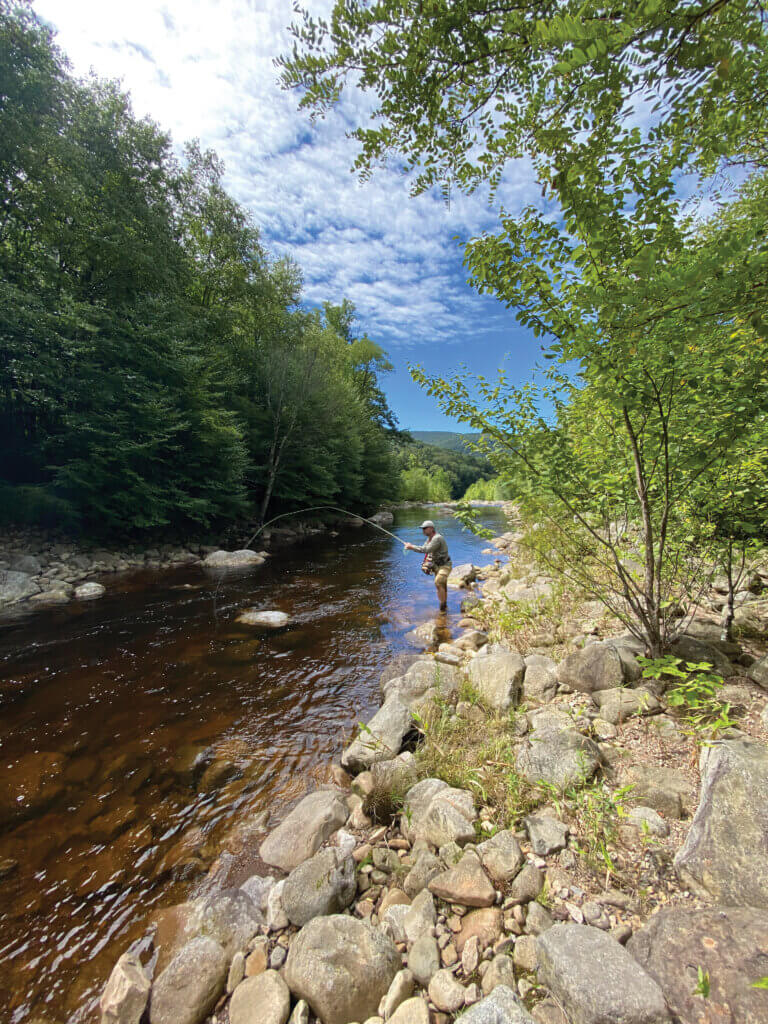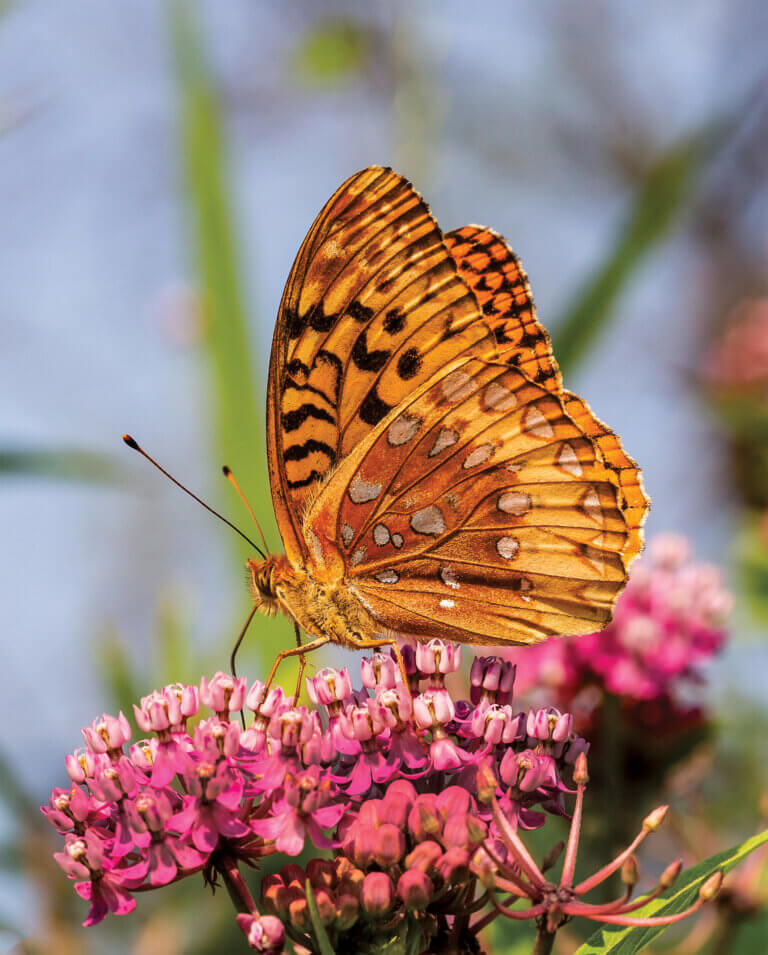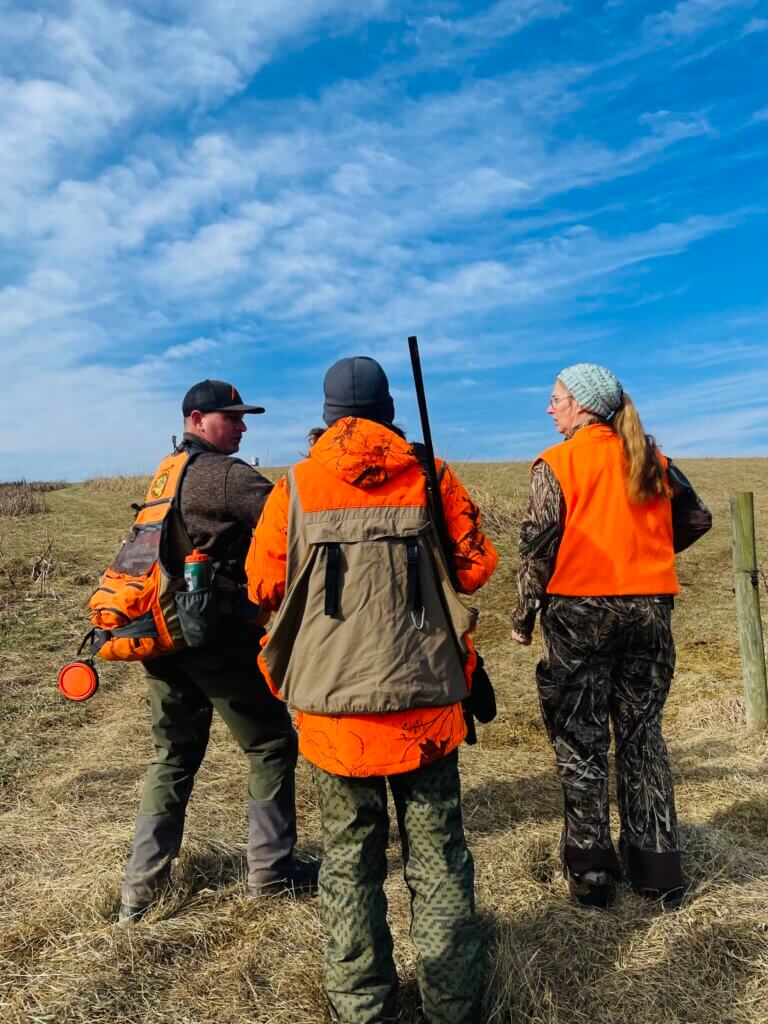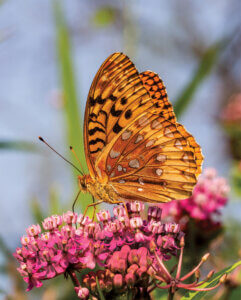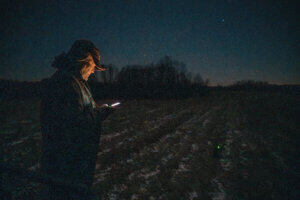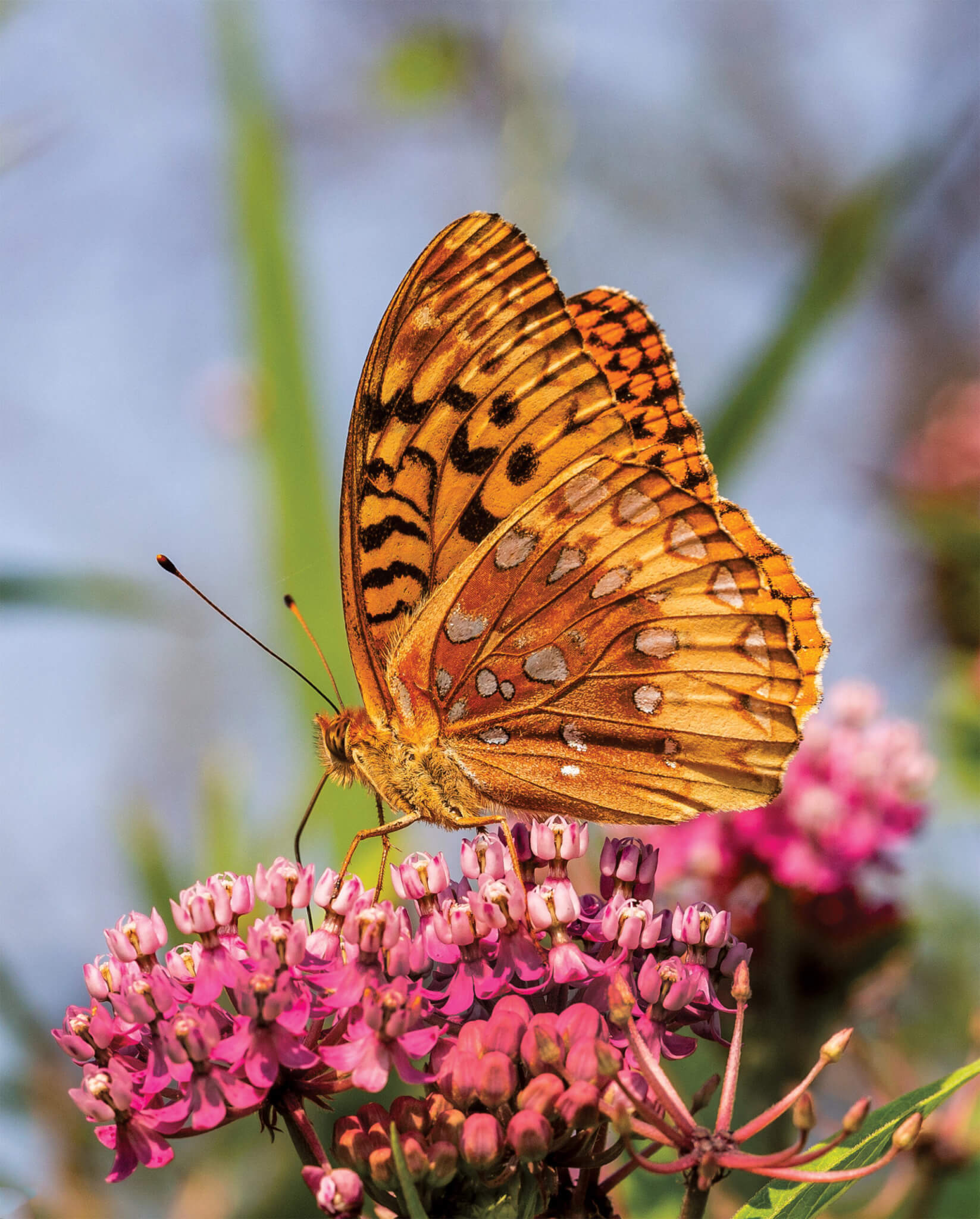
April 2023 was the very first West Virginia Native Plant Month, and it was a big win for our native species.
This story was originally published in the April 2024 issue of Wonderful West Virginia. To subscribe, visit wonderfulwv.com.
Written by Devin Lacy
Photographed by Bob Stough
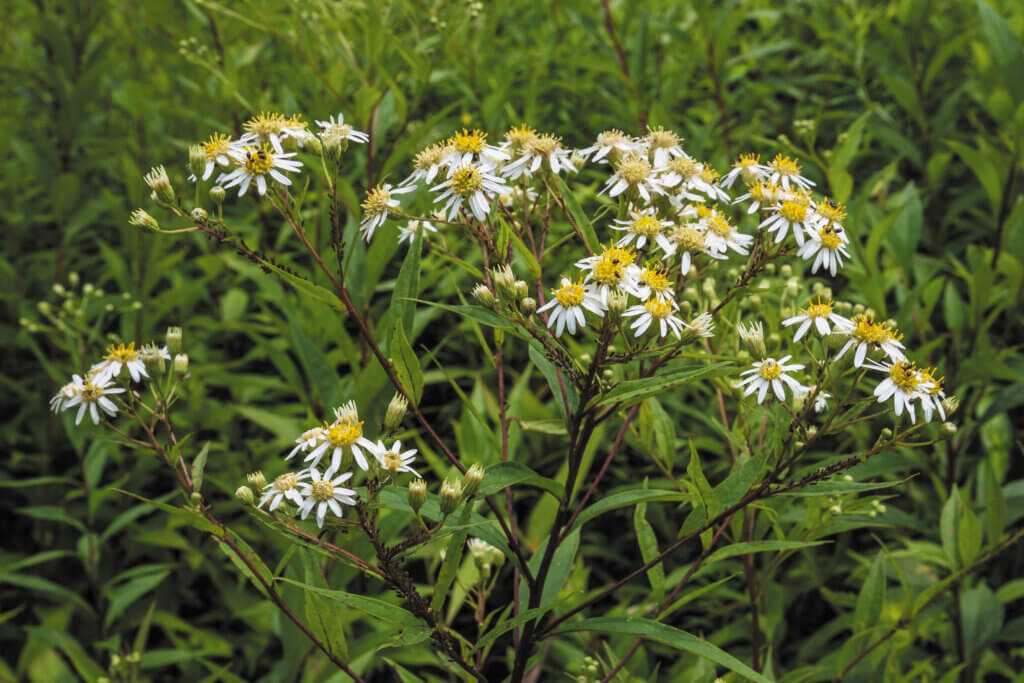
Have you ever wondered how the nature you see around you came to be here? Ever taken the time to learn the history of the pawpaw’s existence or wonder just how the multiflora rose managed to make its way into the state? The month of April is the perfect time to answer those questions, thanks to recent legislative pushes bringing native plants into the sunlight.
On February 20, 2023, Governor Jim Justice signed a proclamation that designated April 2023 West Virginia Native Plant Month, a decision made with avid support from the West Virginia Native Plant Society and Kanawha Garden Club. This decision came as a part of a larger resolution and a movement by the Garden Club of America to draw attention to the importance of native plant species by dedicating a month to education, research, and activism surrounding them.
“Native Plant Month” started at the national level in 2021 with senators from Ohio and Hawaii. The two co-sponsored a Senate resolution to create National Native Plant Month, celebrated throughout that April, and the resolution has been resubmitted and renewed each year since with plans for 2024 resolution underway at the time of this writing.
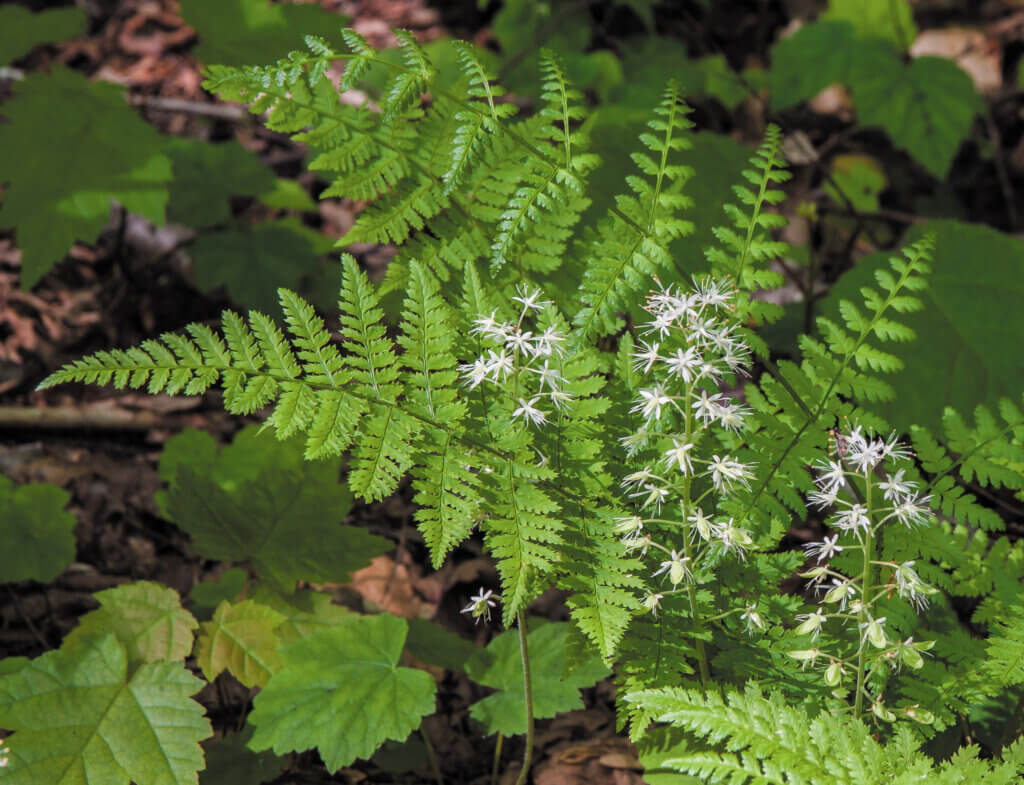
As the time for the 2023 Senate resolution approached, the Garden Club of America challenged each state to pass laws, proclamations, or resolutions that designated a small portion of the year to native plant recognition and awareness, encouraging communities around the country to better recognize the importance of their native plant species and the perils those plants may be facing. While not every state that participated chose the month of April as its own native plant month, the residents of each found a span of time that works for them—and their plants.
A Proclamation is Planted
For more than 40 years, the West Virginia Native Plant Society (WVNPS) has worked to raise awareness of the benefits that native plant species have on our local ecosystems, in hopes of fostering better understanding and conservation—particularly in the battle against the non-native invasives that threaten native species. “The Society was formed by a group of botanists and other people who just love native plants to bring more focus to native plants in the state,” says Luanne McGovern, president of WVNPS. Group members participate in field trips to discover plants in their natural settings and to take part in documentation, preservation, and education activities and events.
Visit www.nationalnativeplantmonth.org to stay up-to-date and see which states’ native plants are getting a little extra love this month.
So when McGovern, also a member of the Kanawha Garden Club, met one of the key players in Ohio’s resolutions, the seed was planted. And what would seem like an arduous task was actually surprisingly straightforward. “We put together the information, sent it to the governor, and it was approved last year.”
Some states have been ahead of the game, showcasing their commitment to the recognition and protection of native plants through early legislation. California started things as early as 2010, crafting a proclamation that turned the third week of each April into California Native Plant Week. Ohio passed the very first Native Plant Month law in 2019 that encouraged the removal of invasive plant species and education on the benefits of native species. Mississippi followed suit in March 2023, with California right behind, in April.
As of February 2024, there’s no word on April’s designation as West Virginia Native Plant Month. However, McGovern says that, while she is not personally involved with the resolution this year, she knows plans have been made to resubmit the proclamation to the governor for approval, and plans are underway at the national level for larger resolution renewal.
Starting in Your Own Backyard
A common question for even the longest West Virginia residents is which plants are actually considered to be native. “I think that people love the natural beauty of West Virginia, but they’re just like me,” says McGovern. “When I first started going out, I didn’t know what things were. And when I started learning and researching, I was shocked by the biodiversity.”
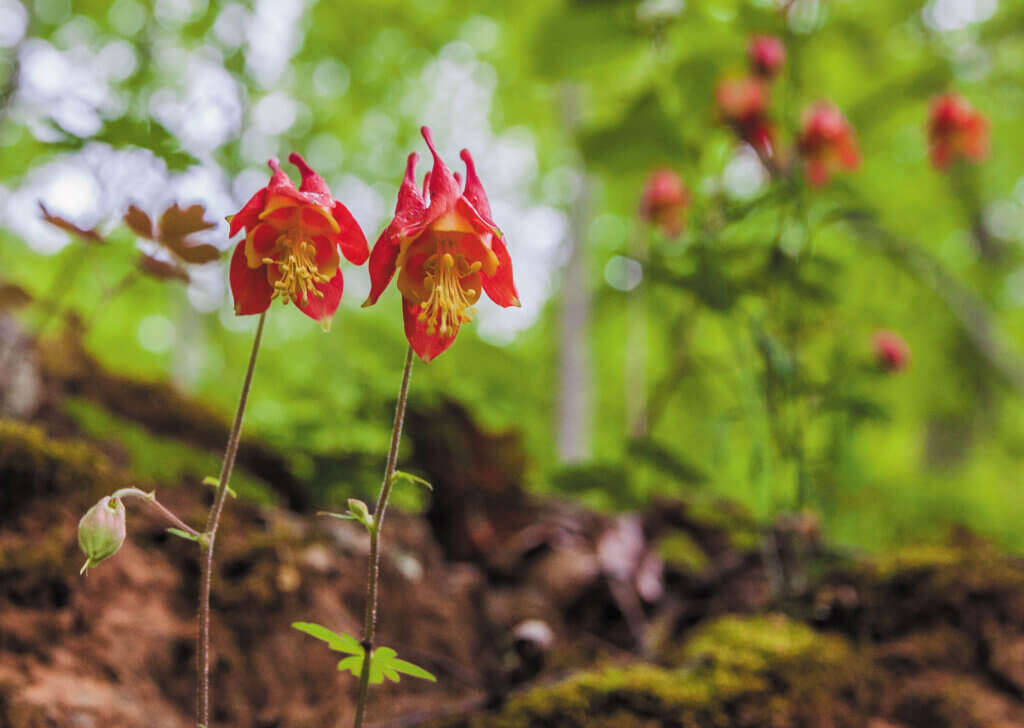
Our state has approximately 1,700 native plants within its borders—trees, shrubs, flowering plants, grasses, and more—defined by the West Virginia Division of Natural Resources (WVDNR) as “a species considered to have occurred in West Virginia prior to European settlement that still occurs naturally within the state.”
Governor Justice’s proclamation, and that of states across the country, reminds us that native plants are “essential for healthy, diverse, and sustainable ecosystems and are critical for cleaning our air, filtering water, and stabilizing soils” in addition to providing food, shelter, and other resources to our native wildlife and pollinators. “They’ve been around for thousands of years—the ecosystem is built around them,” McGovern says. “All the different things that work together are based on what they know. They’ve evolved so they can work together in one system.” The introduction of non-native species—like ornamentals or other exotic plants that can quickly become invasive—causes a shock to the ecosystem as species scramble to adjust, often being out-competed for resources or confused for lookalikes, causing a ripple effect throughout that system that affects native wildlife and eventually trickles down to us.
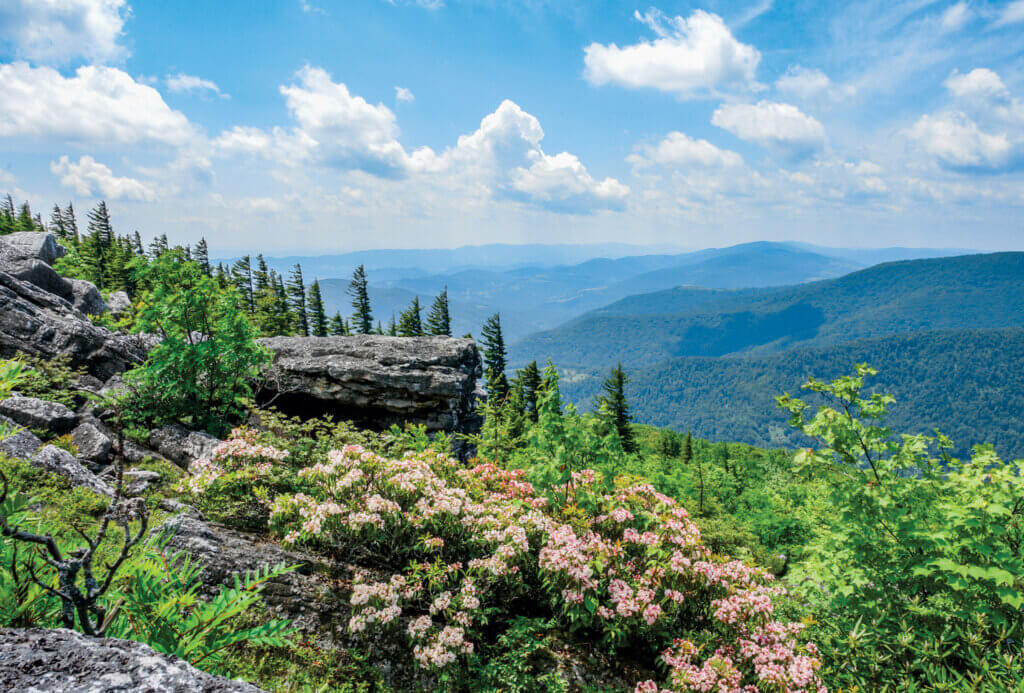
McGovern says that an invasion can start as innocently as a landowner saying “I love the look of that” and planting it in their backyard. Over time, without the person noticing, the plant can begin to take over the area and crowd out native plants in that corner of the yard and in each place the seeds are scattered to, in a wild domino effect. The problems this brings can be seen in the effect they have on native plants, pollinators, birds, and other wildlife. “All these parts can’t keep up. It’s all got to work together. If we disrupt that cycle, we’re disrupting everything that goes with it.”
The Dirty Dozen
The battle against invasive plant species in West Virginia is ongoing as exotic and non-native plants are brought into West Virginia and quickly spread through seed dispersion via air, water, animals, and outdoor adventurers. WVDNR shares the “Dirty Dozen” of invasive species that you are most likely to encounter:
- Crown vetch
- Garlic mustard
- Japanese knotweed
- Japanese stiltgrass
- Kudzu
- Mile-a-minute
- Multiflora rose
- Purple loosestrife
- Reed canary grass
- Tree-of-heaven
- Water shield
- Yellow iris
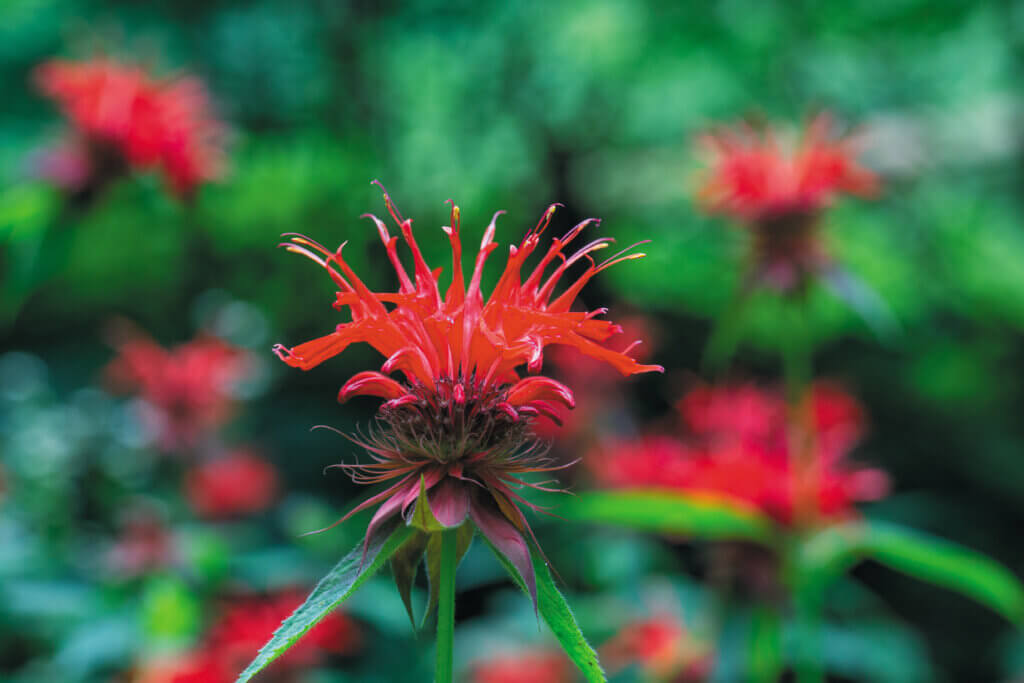
Despite the concerns, the wild and wonderful thing about West Virginia is that there is never a bad time to appreciate our flora in all its glory, or to protect it. And there are ways you can celebrate this beauty throughout the month of April—and the rest of the year:
- Use available resources to educate yourself on the native and non-native plant species in West Virginia.
- When planning your garden or landscape projects, make native inclusions a priority. Talk to your local garden center or greenhouse about the native species they carry or visit one of the state’s native plant nurseries.
- Check out—and maybe even join—local groups like the West Virginia Native Plant Society or Kanawha Garden Club to learn more or get involved.
- Get outside and put your new knowledge to the test, paying careful attention to the way our West Virginia ecosystems work together.
- Join in nature events offered throughout Native Plant Month and beyond, such as the spring wildflower hikes at West Virginia state parks like Chief Logan and Blackwater Falls.
“West Virginia is amazing because so much of it is still forested, and so much has survived,” McGovern says. “It’s just incredible, especially in April. I go out to Kanawha State Forest all the time, and it’s amazing because it’s really been left alone since the ’30s. It’s an incredible ecosystem in the spring. Seeing how everything is working together—that’s really what West Virginia is about, all those beautiful West Virginia plants working together.”
To learn more about the West Virginia Native Plant Society and their efforts, visit www.wvnps.org.
Interested in celebrating Native Plant Month by introducing more native plants and pollinators to your yard or garden? Visit www.wvdnr.gov/pollinator-garden for tips and resources on making your garden more pollinator-friendly with West Virginia’s native plants or check out the West Virginia Planting Tool at www.tagis.dep.wv.gov/seeds for a customized list of plants for whatever—and wherever—your next planting project is.

